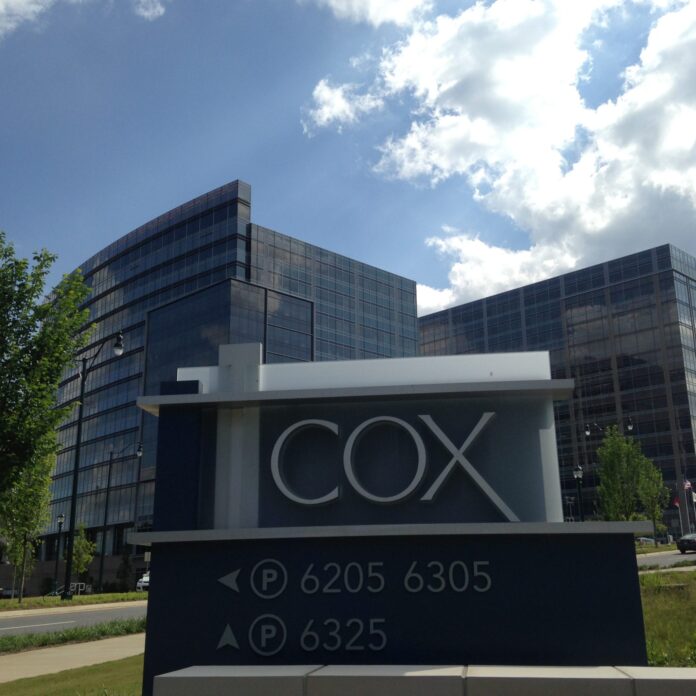GEN15 show brings carriers and cable companies together; Cox announcement highlights cooperation
AT&T and Verizon Communications shared the spotlight with the cable industry’s heaviest hitters at GEN15, the Metro Ethernet Forum’s annual industry show. Show sponsors included AT&T, Verizon Communications, Cox, Comcast, Ciena and PCCW Global.
Host sponsor AT&T announced it has more than doubled its local area Ethernet footprint within the past year and has added speeds of up to 100 gigabits per second.
For wireless carriers, one of the show’s most salient announcements came from cable company Cox, which is launching a small cell support service for mobile operators. The company is offering strand mounts, pole mounts and ground cabinets to support small cell deployments. The strand mounts are meant to offer operators a way to reduce the cost and time needed for deployments by eliminating the process of negotiating the right to attach cells to poles or rooftops.
Of course Cox has more than street hardware to offer the mobile operators. The company has miles of fiber and coaxial cable available to backhaul small cells, as well as access to power and rights-of-way in many of the locations it serves. Carriers and equipment vendors repeatedly name site acquisition, power and backhaul as the three biggest gating factors for outdoor small cell deployments, and Cox is eager to convince the wireless ecosystem that it can help solve all three of those problems.
Cox is also telling carriers that its cable technicians are well-suited to small cell installation work and that these boots on the ground have the expertise and the availability to install, activate, upgrade and maintain small cells for wireless operators. The company has been experimenting with both HFC lines and all-fiber lines for small cell backhaul, as well as Ethernet and IP.
“Outdoor is trickier than indoors,” said Bill Jesser, senior manager of product development for Cox. “We actually had indoor and outdoor as one initially, then decided to put off outdoor as a later phase of the project.”
Cox started testing indoor small cell backhaul service for AT&T in December 2013, backhauling traffic from a major downtown Phoenix office building equipped with 16 larger small cells, which AT&T refers to as “metro cells.”
Other key themes from GEN15
1. Carrier Ethernet 2.0.: Most service providers surveyed by MEF said CE 2.0 services are a critical or important foundation upon which to build new on-demand, cloud-centric connectivity services.
2. Lifecycle service orchestration: LSO encompasses fulfillment, control, performance, assurance, usage and analytics. LSO technology is seen as an enabler of virtualized and automated networks, and most service providers surveyed said they are studying LSO, or are actively working on it.
3. Multi-industry collaboration: GEN15 purposely brought together representatives of eight industry organizations as direct event participants. CableLabs, ETSI NFV ISG, ITU-T, OpenCloud Connect, the Open Networking Foundation, the Small Cell Forum and TM Forum were all represented at GEN15.

